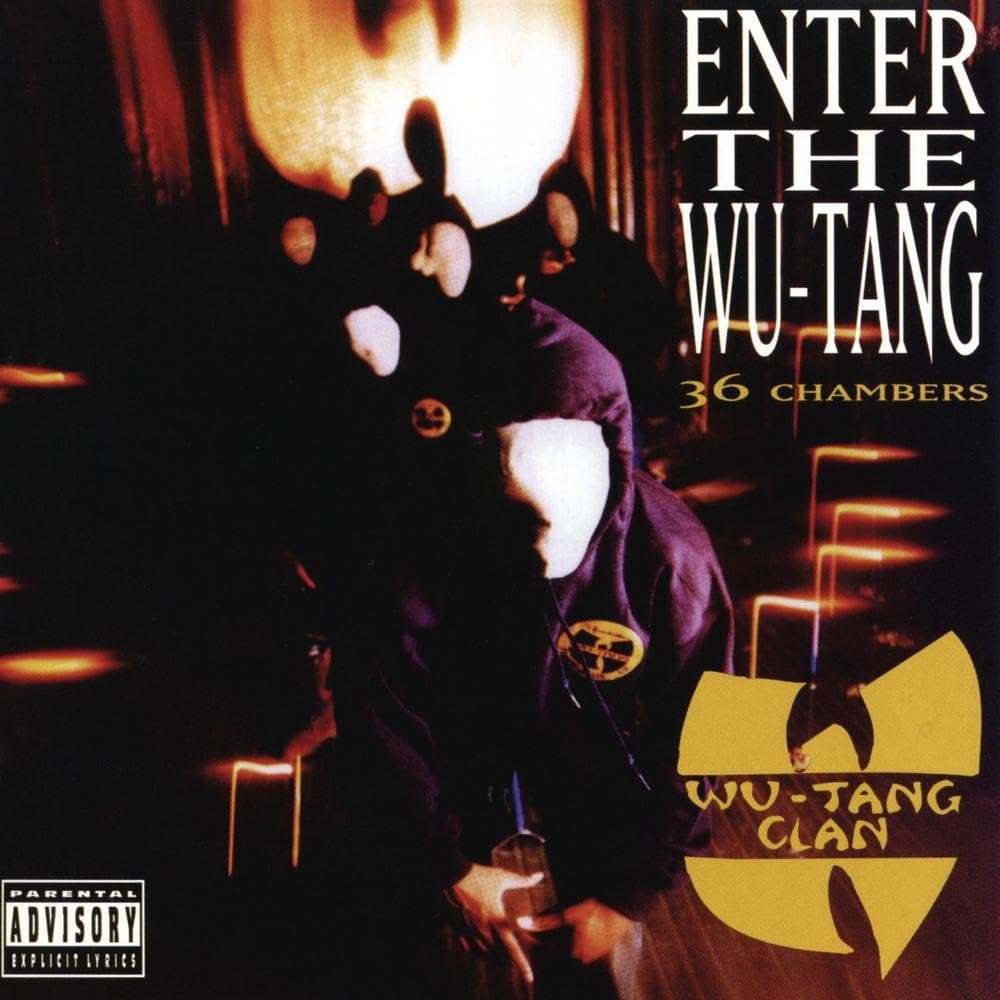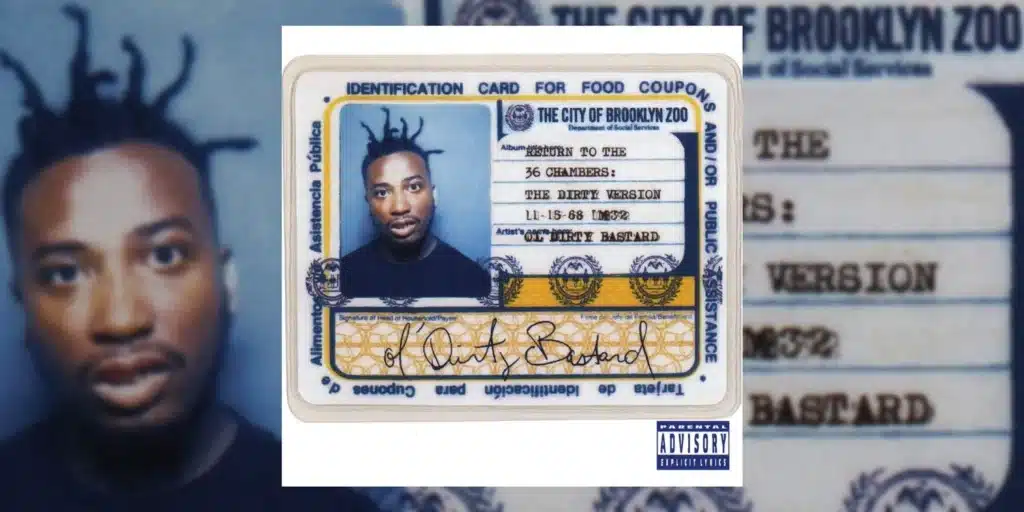What To Know
- Wu-Tang Clan reshaped hip hop with raw lyricism, unique personalities, and groundbreaking production.
- The group fused martial arts philosophy, street storytelling, and cultural rebellion.
- Their debut Enter the Wu-Tang (36 Chambers) remains one of rap’s greatest albums.
- Solo success, branding genius, and enduring relevance make them the ultimate collective.
The name Wu-Tang Clan carries weight that transcends generations. Emerging from Staten Island in the early 1990s, they became more than just a hip hop crew. They were a cultural force, a movement, and a blueprint for how music, branding, and storytelling could redefine an artform. When fans and critics ask which group sits at the top of hip hop’s hierarchy, the answer is often the same: Wu-Tang Clan.
The Birth of a Movement
Wu-Tang Clan was born out of hunger—literally and figuratively. Life in New York’s forgotten borough was rough, but that environment created something extraordinary. RZA, the group’s architect, gathered nine MCs with distinctive voices, skills, and personalities. What united them was ambition, survival, and a shared vision of turning raw talent into global recognition.
Their arrival in 1993 with Enter the Wu-Tang (36 Chambers) shocked the music world. The production was gritty, the verses razor sharp, and the energy unfiltered. Hip hop had seen groups before, but nothing with this level of chaos and cohesion in equal measure.
The Sound that Shaped Generations
RZA’s production set the foundation. Heavy use of soul samples, grimy loops, and kung-fu movie snippets created an entirely new sonic language. It sounded underground yet powerful enough to take on the mainstream.
Each member contributed something unique. Method Man’s charisma, Ghostface Killah’s storytelling, GZA’s intellect, Raekwon’s street imagery, Inspectah Deck’s precision, Ol’ Dirty Bastard’s unpredictability, U-God’s grit, Masta Killa’s subtle control, and RZA’s vision. Together, they built a soundscape that resonated with listeners everywhere.
The world had never heard Wu-Tang Clan Hip Hop that was this dense, layered, and unapologetically raw.
Martial Arts Meets Hip Hop
What made Wu-Tang Clan stand out was not just the music but the mythology. They drew inspiration from old martial arts films, blending Shaolin philosophy with street narratives. This fusion created an identity that was instantly recognisable.
Their references to kung-fu masters and Shaolin codes gave hip hop a new language. Fans weren’t just listening to music—they were entering a universe. Their branding was as sharp as their bars, with the iconic “W” logo becoming one of the most recognisable symbols in pop culture.

Solo Stars, Collective Power
Unlike other groups, Wu-Tang members were encouraged to pursue solo careers while still being part of the collective. This was revolutionary. Each artist signed with different labels, spreading Wu-Tang’s influence across the industry while maintaining group loyalty.
Method Man’s Tical, Raekwon’s Only Built 4 Cuban Linx…, Ghostface Killah’s Ironman, GZA’s Liquid Swords, and Ol’ Dirty Bastard’s Return to the 36 Chambers are classics in their own right. Few groups have produced so many solo legends while still functioning as a unit.
This strategy kept Wu-Tang Clan Hip Hop present and ensured their dominance throughout the 1990s.
Cultural Impact Beyond Music
Wu-Tang Clan were not just rappers—they became cultural architects. They built businesses, launched clothing lines, and turned their mythology into a global brand. Their influence spilled into fashion, film, video games, and even philosophy.
The phrase “Wu-Tang is forever” became more than a slogan. It captured how deeply their impact reached, from underground hip hop heads to mainstream audiences worldwide.
Even today, their logo appears on merchandise across continents. Their ability to monetise culture before it was the norm shows why they were ahead of their time.
Legacy of 36 Chambers
Hip hop albums are often measured against Wu-Tang’s debut. Enter the Wu-Tang (36 Chambers) is considered one of the greatest records in rap history. Its rawness, unpredictability, and lyrical depth set a new benchmark.
Songs like “C.R.E.A.M.,” “Protect Ya Neck,” and “Wu-Tang Clan Ain’t Nuthing ta F’ Wit” became anthems. They weren’t polished radio singles but street manifestos that found mainstream success. That paradox—gritty yet global—is what makes Wu-Tang’s legacy so enduring.
Controversies and Bold Moves
Part of their legend comes from their controversies. Internal conflicts, legal troubles, and creative disagreements were common. Yet somehow, they turned chaos into momentum. Even their missteps added to their mythology.
One of their boldest moves was releasing Once Upon a Time in Shaolin, a single-copy album auctioned as an art piece. While controversial, it proved that Wu-Tang viewed music not just as entertainment but as high art.
These risks and contradictions only deepened their reputation as innovators unafraid of defying norms.
Why They’re Still Relevant
Decades later, Wu-Tang Clan continues to tour, release projects, and influence artists. Their music is sampled, their style imitated, their philosophy respected. Young rappers cite them as inspiration, while older fans still fill arenas to relive the magic.
The group has even moved into new territories, including NFTs and high-profile collaborations, proving their ability to adapt while staying authentic. Few hip hop groups can claim relevance across three decades, but Wu-Tang can.

The Human Connection
What makes Wu-Tang arguably the best hip hop group ever is not only their music but the emotional connection they forged with fans. People saw themselves in the Clan—imperfect, ambitious, struggling, yet united. Their chaos mirrored life itself, yet within it was strength, loyalty, and community.
Their story is proof that greatness can come from unlikely places. From Staten Island housing projects to global stages, they turned hardship into art and art into legacy.



